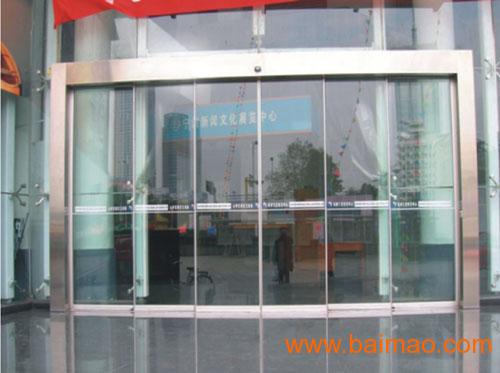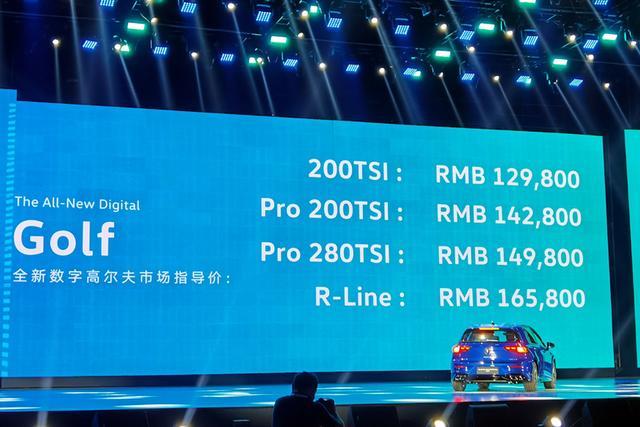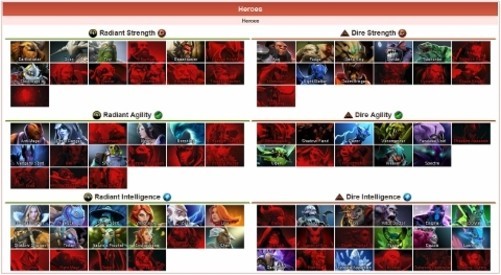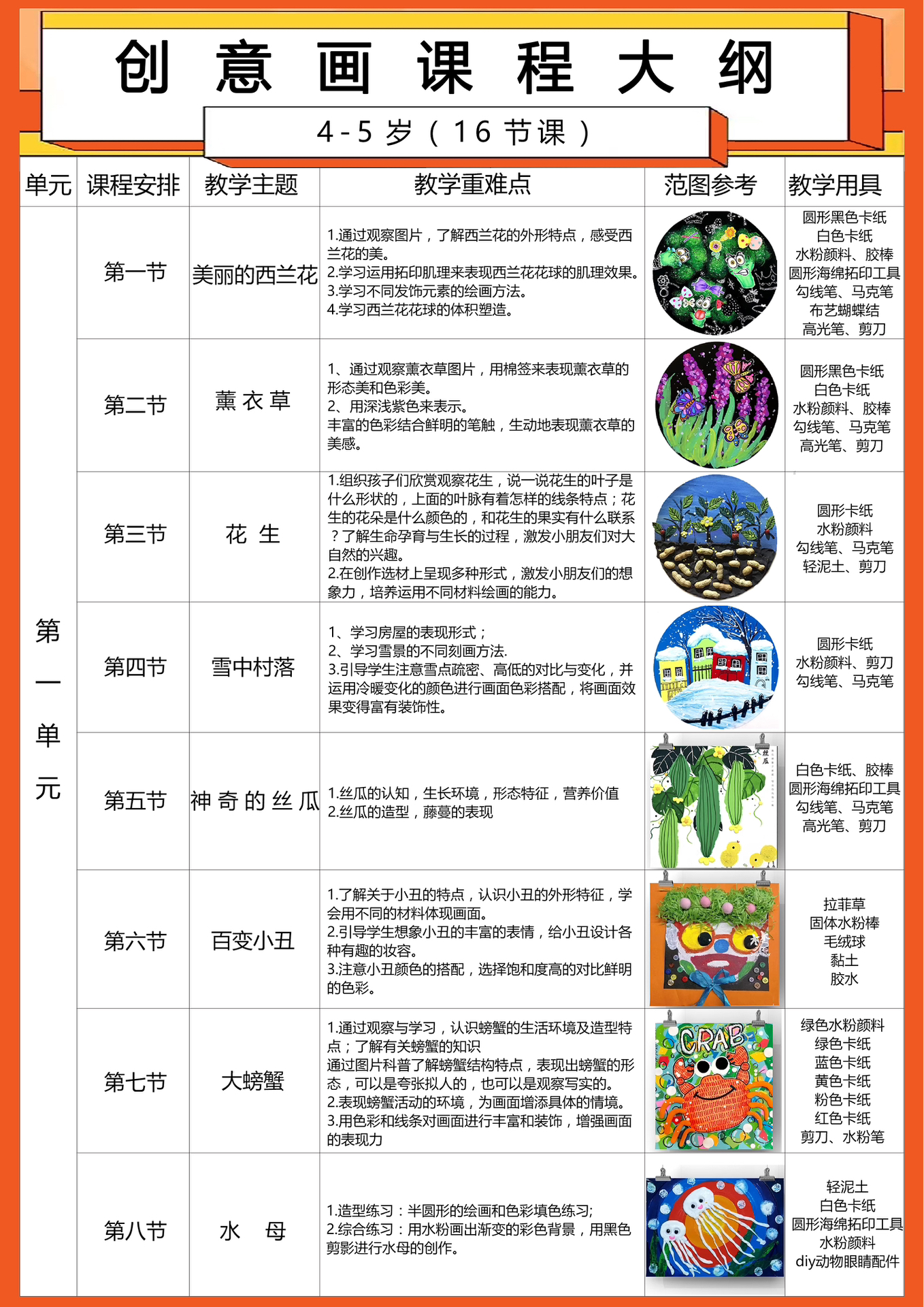In the realm of technology, the interface serves as a pivotal component that connects users with machines, devices, and digital experiences. It is the bridge between the physical world and the digital world, a gateway to a myriad of possibilities. The interface plays a pivotal role in determining user satisfaction and usability of any product or service.
The term "interface" refers to a set of visual elements, features, and functionalities that enable users to interact with a device or system. It encompasses everything from the visual design, layout, and graphics to the underlying software architecture and programming logic. The interface is often the first point of contact for users, making it crucial for creating a positive user experience.
The evolution of technology has led to a significant transformation in interface design. From the early command-line interfaces to modern graphical user interfaces (GUI), interfaces have become more intuitive and user-friendly. Modern interfaces are designed to be highly responsive, providing seamless experiences across various devices and platforms.
One of the most significant aspects of interface design is its ability to communicate effectively with users. A well-designed interface should be intuitive and easy to navigate, providing users with a seamless experience. It should be designed with the target audience in mind, incorporating user-centered design principles that consider the user's needs, preferences, and behavior patterns. This ensures that users can easily find their way around, understand the functionality of the product or service, and accomplish tasks efficiently.
Moreover, interface design plays a crucial role in creating brand identities. The visual style, color schemes, and overall aesthetic of an interface contribute to establishing a brand's identity and reputation. A well-designed interface not only looks appealing but also reflects the values and mission of the brand, creating a strong emotional connection with users.
Another important aspect of interface design is its adaptability to different platforms and devices. With the proliferation of smartphones, tablets, laptops, and other devices, users expect seamless experiences across different platforms. Interfaces should be designed to be responsive and adapt to different screen sizes and resolutions, ensuring a consistent user experience across different devices.
Moreover, modern interfaces are designed to be highly functional and efficient. They incorporate various features and functionalities that enable users to accomplish tasks quickly and easily. From search bars to navigation menus to interactive buttons and icons, every element of the interface is designed to enhance usability and productivity.
In addition to visual design and functionality, interface design also encompasses user experience (UX) design. UX design focuses on understanding user behavior and needs to create interfaces that are not only visually appealing but also provide meaningful experiences. This involves conducting user research, testing prototypes, and iterating on designs based on user feedback.
In conclusion, the interface is more than just a visual representation of a product or service; it is the gateway to a digital experience. It plays a pivotal role in determining user satisfaction, usability, and brand reputation. As technology continues to evolve, interface design will continue to evolve, incorporating new trends and technologies that provide seamless experiences across different platforms and devices. The future of interface design is bright, with endless opportunities for innovation and creativity.










 京公网安备11000000000001号
京公网安备11000000000001号 京ICP备11000001号
京ICP备11000001号
还没有评论,来说两句吧...